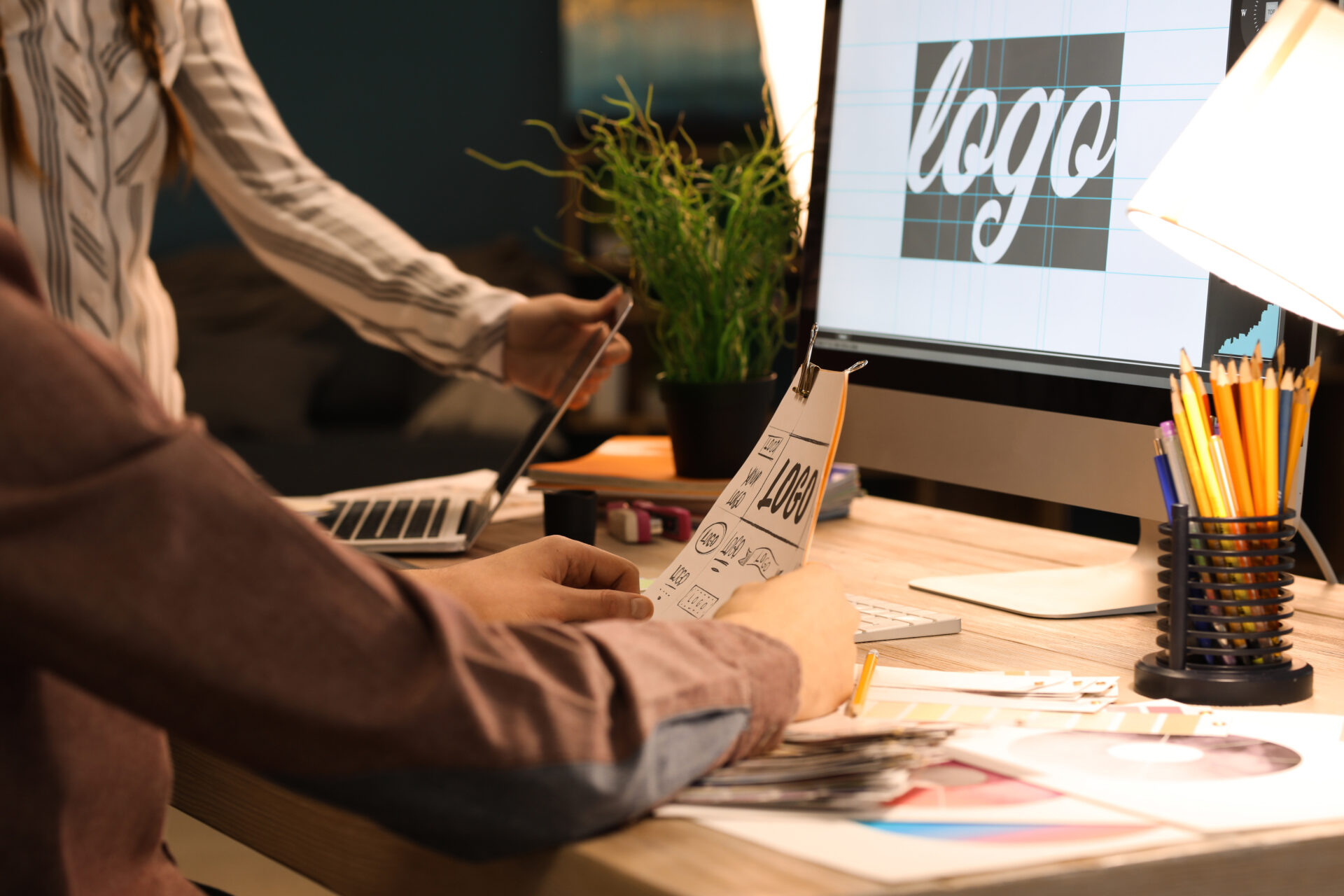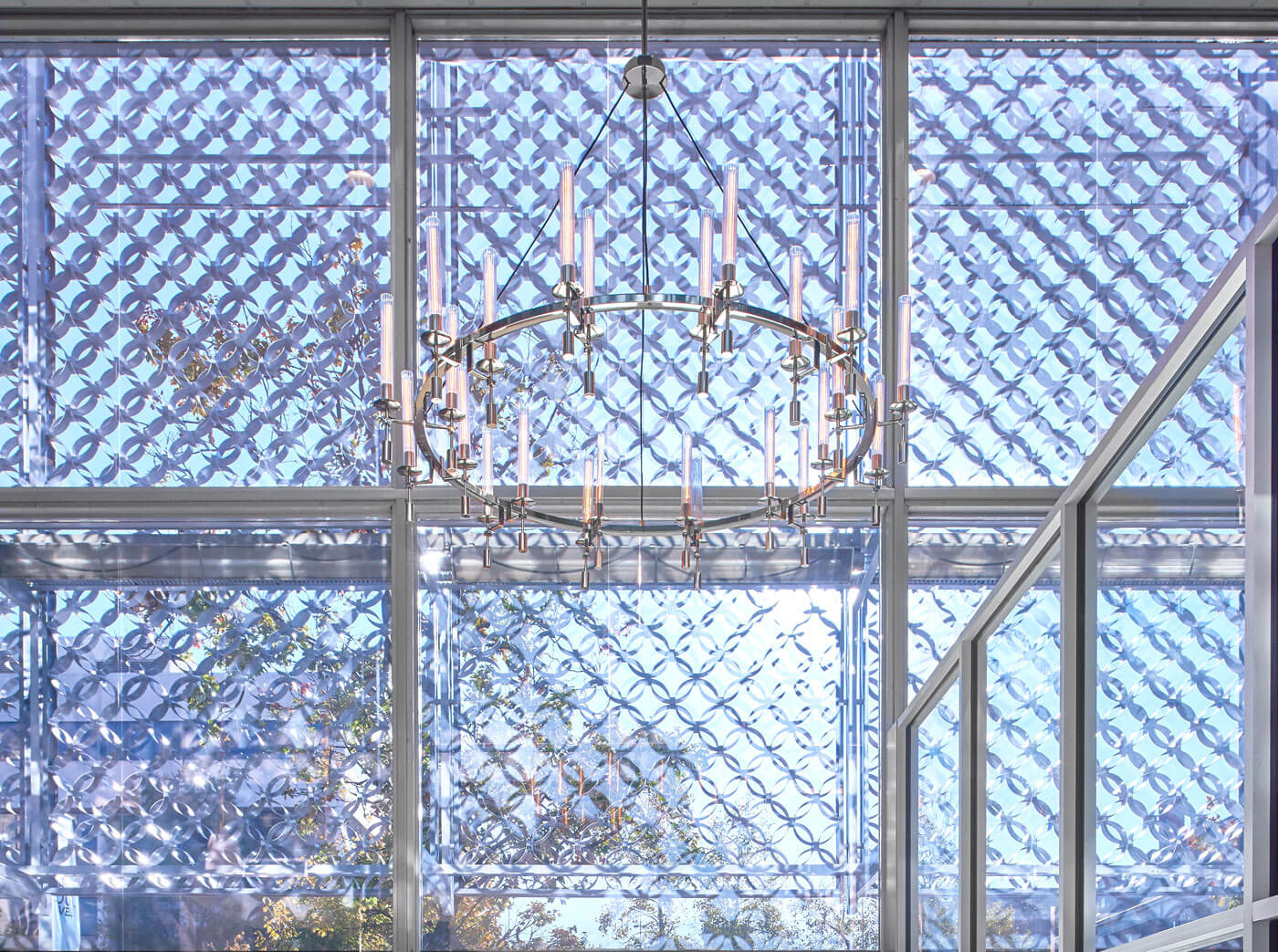
You want your brand to stand out in the minds of your customers, target audience, and even those who do not necessarily fall within your target demographic. The more people recognize your brand, the more you open yourself up to gaining business and growing your company. The well-known “secret” to achieving such success is a stellar logo design that accurately encapsulates your brand’s essence.
Your logo is a key branding element that can either help win business or hurt your company’s growth. Too often, company leaders consider the logo an unimportant afterthought when it should be one of the first and most well-considered aspects of your branding.
To understand why your logo design is a crucial part of your brand and marketing efforts, consider these three logo design facts:
Logo Design Fact #1: Your Logo Identifies Your Brand
Your logo serves as the visual symbol of your brand, communicating to your audience the values you want your company to be known for. As the visual component of your brand, your logo’s purpose is to become a recognizable, distinct, attention-grabbing branding element that identifies your company among all the others within your industry.
A couple of the primary values a good logo should identify about its brand are trust and reliability. If a picture is worth a thousand words, and your logo is an elemental picture of your brand, it needs a strong, compelling design that communicates your identity to customers and potential customers, telling them who you are (a reputable company that can be trusted) and how you operate (honestly and reliably).
There are nine components of a logo, some of them optional, that can work together to achieve your desired message when assembled thoughtfully:
- Background
- Brand color(s)
- Brand font(s)
- Company location*
- Establishment date*
- Logo frame
- Logomark (the icon or graphical element)
- Tagline*
- Wordmark (company or brand name)
*These elements are not necessary to include in your logo design, but they can be beneficial if you have been around for a long time, are available to customers nationwide, or have an evergreen tagline that further defines your brand or company.
The logo with elements that look thrown together, poorly planned, or disconnected from each other or the brand it represents will not tell audiences, “We are a reputable company you should trust.” Instead, audiences are likely to develop feelings related to mistrust about the brand with a low-quality logo design. More likely than not, audiences will continue searching for a company with a better, more convincing logo after encountering a poor logo design.
The Takeaway from Fact #1: There are many ways to design a logo, but the one you land on should appropriately identify your brand and communicate to audiences that your company is one to trust.
Logo Design Fact #2: Your Logo Makes the First Impression
Before a potential customer interacts with your company’s team, explores your product line, or browses your list of services, they first must hear about you. There are so many ways a member of your target audience can learn about your company for the first time, including:
- Driving by a billboard
- Hearing a friend’s recommendation
- Hearing a radio ad
- Passing by your storefront
- Receiving digital ads or organic search results
- Viewing a print piece
- Watching a TV commercial
Whether they come across your company in a Google search, pick up one of your business cards somewhere, or encounter a print piece of yours, your logo is likely the first visual they will look at.
Did you know it takes about seven seconds to form an opinion about your company during the first encounter? That may not seem like much time, but the brain processes visuals much faster than any other sensory cue and will use the available visual cues to form a fast and lasting opinion. That’s why 94% of a person’s first impression of your company hinges on your design choices, including your logo design, since it is the visual representation of your brand.
If your logo is not well designed or does not instill a strong sense of trust among your target audience, potential customers will likely form a negative first impression that is very hard to change once developed. You have seven seconds to capture their attention and compel them to continue pursuing your company for the solutions you offer. Depending on your logo design choices and the quality of its overall look, your logo can help win over audiences or cause you to lose them to your competition.
The Takeaway from Fact #2: Your logo design is a determining factor in the impression your company makes with target audiences, and it can dictate whether people will choose to interact with your company or move on to the next one.
Logo Design Fact #3: Brand Recognition and Your Logo Go Hand in Hand
Think of the most popular nationwide brands in the US, like:
- Amazon
- Apple
- Coca-Cola
- Ford
- McDonald’s
- Nike
What comes to mind when you read each name? It’s likely that you first envisioned the logo of each one or maybe a product with the logo included:
- The Amazon logo on a package
- The Apple logo on a laptop
- The Coca-Cola logo on a bottle
- The Ford logo on the front of an F-150
- The McDonald’s logo on the red fry box
- The Nike logo on a pair of Air Jordans
Do you know why you thought of the logo? Because it is the visual representation of its brand. People picture the logo because of how heavily image-dependent the brain is. We store and recall images and visual cues so much more readily than we do any other sensory cue, allowing us to recognize or recall a familiar logo more easily than a lot of a brand’s other elements.
It takes a person roughly seven encounters with a logo to start recognizing it and attaching it to its brand. When a recognized logo is attached to a product or item, people will instantly know who that product belongs to. When it is displayed on a banner or swag item, people will connect the brand to whatever organization or event the banner or swag item is promoting. Logos are crucial in keeping your brand in the mind of consumers whenever possible.
If a person has or hears of a positive experience with a particular brand, they will likely associate the logo with positive feelings and attributes whenever they encounter it, which can lead to brand loyalty. If someone likes your brand and sees your logo on a product, they will likely choose yours over the other options available.
Brand Recognition Hinges on Your Design Choices
Without a logo or with a poorly designed logo, there is far less of a chance that your brand will be recognized or remembered among your audience. When considering your logo design, think of what will stick in someone’s memory as quickly and efficiently as possible. In addition to a clean, stylish look, your logo should also be on the simpler side.
Consider the logos of the brands mentioned earlier:
- The Amazon logo is the word “amazon” with a yellow curved arrow pointing from the first “a” to the “z,” symbolizing that the company provides everything from A to Z.
- The Apple logo is a minimalistic graphic of an apple with a bite taken out.
- The Coca-Cola logo is the word “Coca-Cola” in its classic, recognizable, cursive font with a white, curvy underline.
- The Ford logo is the word “Ford” in white cursive contained within an oval with a blue background.
- The McDonald’s logo is the yellow M, or golden arches, surrounded by a red background.
- The Nike logo is the checkmark-styled swoosh.
All of these logos are iconic and instantly recognizable, but what do they have in common? They are all extremely simple. There is nothing complicated about their design. Some use color, some do not, but even the ones that include color do not overdo it. That’s because the simpler the logomark or wordmark, the easier it is to recall the logo in its entirety (and the less expensive it is to reproduce on signs, packaging, print materials, and other collateral).
Logos that are overly busy or harsh to look at are hard to recall, even after lots of exposure. Your logo design planning should factor in how the logo will look and how easily people can store it in their memory.
The Takeaway from Fact #3: If you want your brand to be recognized easily among your target audience and non-targeted consumers, you must have a logo, and you must consider the simplicity of your design.
Our Graphic Designers Are Ready to Create a Compelling Logo for Your Brand! Call Us at 478-621-4491
Don’t neglect your logo design—turn to the pro designers at M&R instead! We discover everything there is to know about your business and what you want to communicate with your audience. From there, we’ll design the logo that best represents your brand. To start the logo design process, contact one of our friendly account managers today.
Did you love this article? Make sure you sign up for our monthly eNewsletter, so you never miss one.
We love good design, and we’re sharing that love this summer. From now through September, we’ll share tips, information, and best practices for using high-quality graphic design to build and promote your business.
Other posts in this series:
- 4 Ways Your Design Choices Can Help or Hurt Brand Perception
- Want to Spread Your Message? Don’t Ignore Your Message Design
- How Branding and Graphic Design Has Served Abbeville Commissioning in South Georgia
- How To Enhance Your Digital Ads with High-Quality Visuals
- What Do Your Brand Fonts Say to Your Audience?
- 4 Graphic Design Facts that Can Help Boost Business

